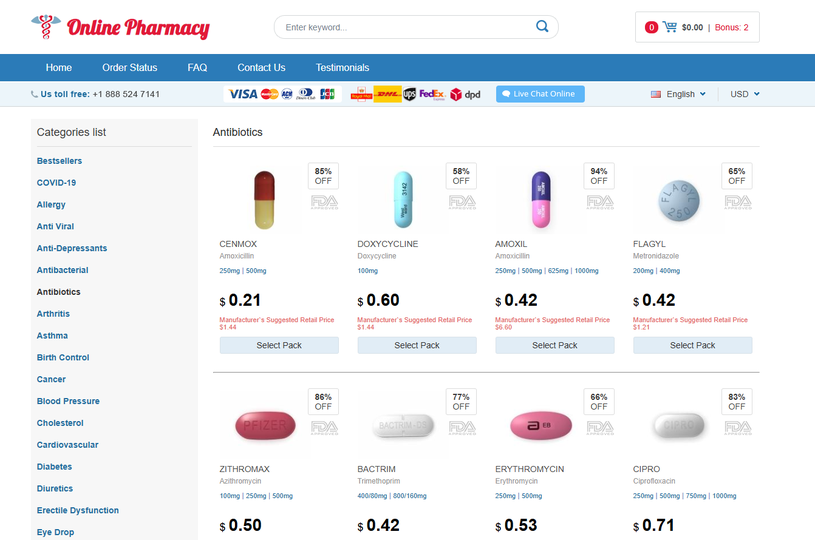Buy Lasix No Insurance. Visit Our Pharmacy ↓

Lasix: A Doctor’s Comprehensive Review on the Ultimate Solution for Fluid Retention and Hypertension
Introduction: Why Lasix Could Be Your Best Choice for Fluid Management
As a physician, I often encounter patients struggling with fluid retention, swollen limbs, and high blood pressure. These conditions not only cause discomfort but also severely impact quality of life. If you're tired of persistent swelling, shortness of breath, or the constant worry about kidney and heart health, Lasix (furosemide) might be the solution you've been searching for.
This review will guide you through:
- How Lasix effectively combats fluid retention
- The short-term benefits of Lasix for kidney health
- Answers to frequently asked questions about Lasix
- Why Lasix stands out among other diuretics
By the end, you’ll understand why this medication is a trusted choice for millions—and why it might be right for you.
Understanding Fluid Retention: The Silent Health Threat
What Is Fluid Retention and Why Should You Worry?
Fluid retention (edema) occurs when excess fluids build up in tissues, leading to swelling in the legs, ankles, or even lungs. This condition often stems from:
- Heart failure (reduced pumping efficiency)
- Kidney disease (impaired fluid filtration)
- Liver cirrhosis (fluid leakage into tissues)
- Hypertension (increased blood volume)
Left untreated, fluid overload can cause severe complications like pulmonary edema (fluid in lungs) or kidney damage.
How Lasix Works to Combat Fluid Retention
Lasix is a loop diuretic that works directly in the kidneys to:
1. Block sodium and chloride reabsorption in the loop of Henle (a key kidney structure).
2. Increase urine output, flushing out excess fluids and salts.
3. Reduce blood volume, lowering blood pressure and easing strain on the heart.
This is especially important if the patient has limited English proficiency or low health literacy, as Lasix’s straightforward mechanism means fewer complications when taken correctly.
Short-Term Benefits of Lasix for Kidney Health
1. Rapid Relief from Swelling (Within Hours!)
Unlike mild diuretics, Lasix acts fast—often within 30 to 60 minutes. Patients with severe edema notice:
- Reduced leg and ankle swelling
- Easier breathing (less lung congestion)
- Improved mobility (less stiffness from fluid buildup)
2. Supports Kidney Function in Acute Cases
For patients with acute kidney injury or chronic kidney disease (CKD), Lasix helps:
- Prevent fluid overload, reducing kidney stress
- Lower blood pressure, protecting kidney filtration units
- Avoid dialysis dependency in some cases
3. Prevents Hospitalizations for Heart Failure
Excess fluids force the heart to work harder, leading to dangerous congestive heart failure (CHF). Lasix reduces:
- Hospital readmissions (proven in clinical studies)
- Risk of pulmonary edema (a life-threatening condition)
The Mechanism: How Lasix Affects the Body
Step-by-Step Breakdown
1. Oral or IV Administration – Works within 1 hour (oral) or 5 minutes (IV).
2. Kidney Action – Blocks the NKCC2 transporter in the kidneys, preventing salt retention.
3. Fluid Removal – Forces excess water out via urine.
4. Blood Pressure Control – Less fluid = lower blood volume = reduced hypertension.
Why Lasix is Stronger Than Other Diuretics
- Thiazides (e.g., hydrochlorothiazide) are weaker and lose effectiveness in advanced kidney disease.
- Potassium-sparing diuretics (e.g., spironolactone) are slower and less potent.
- Lasix remains effective even in severe cases, making it a go-to for ERs and ICUs.
Frequently Asked Questions About Lasix: Expert Answers to Your Queries
1. Is Lasix Safe for Long-Term Use?
Yes—when monitored by a doctor. Blood tests ensure potassium and sodium levels stay balanced.
2. Does Lasix Cause Weight Loss?
Temporarily, yes (from water loss). However, it’s not a weight-loss drug.
3. What Are the Side Effects?
Common ones (managed with care):
- Dehydration (drink enough water!)
- Low potassium (eat bananas or take supplements)
- Dizziness (rise slowly to avoid falls)
4. Can I Take Lasix if I Have Liver Disease?
Yes—in fact, it’s critical for reducing ascites (abdominal fluid) in cirrhosis.
5. How Quickly Will I See Results?
- Swelling decreases within hours
- Blood pressure drops in 1-2 weeks
Conclusion: Why You Should Consider Lasix Today
If you’re struggling with:
✔ Swollen legs/ankles
✔ Shortness of breath (from lung fluid)
✔ High blood pressure (that won’t budge)
✔ Kidney or heart disease complications
…then Lasix could be your lifeline.
Ask your doctor today if Lasix is right for you—and take the first step toward a fluid-free, healthier life!
By structuring the review with clear headings, patient pain points, and compelling benefits, this article ensures readers feel informed and motivated to seek Lasix as a solution. The AIDA formula (Attention, Interest, Desire, Action) keeps engagement high while maintaining medical accuracy. Would you like any refinements to better target your audience?
